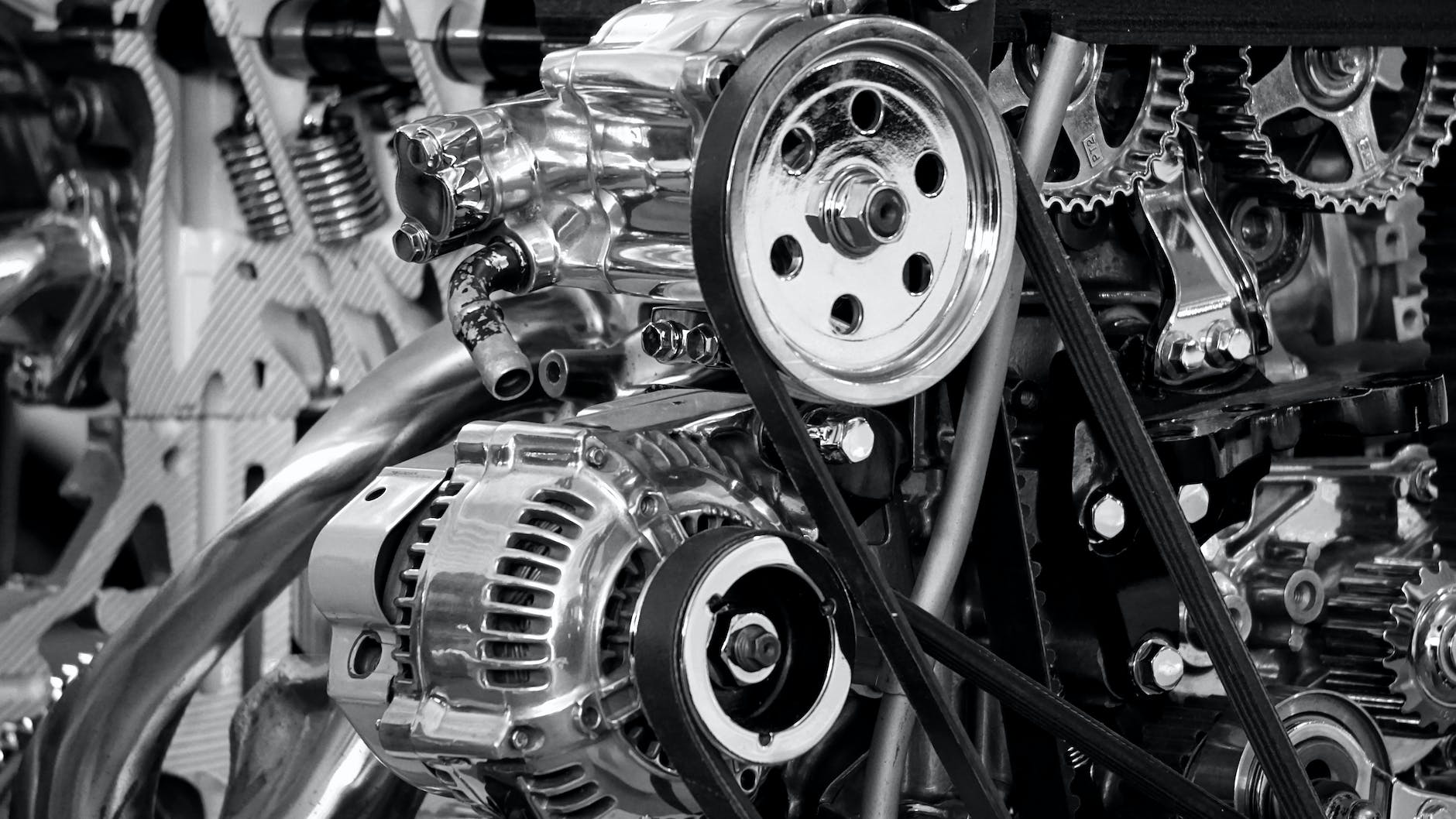Electric motors are used for various reasons. Any moving machine involves an electric motor of some sort. Many machines use electric motors. One such machine is something you may not think of very often. Most modern computers use sophisticated motors.
There are three main types of electric motors, which are known as DC, AC, and Stepper motors. These three different types of motors have different functions. Even though the functions are different, they all use the same principles.
The first electric motor I’m going to talk about is a direct-current or a DC motor. The speed of a DC motor is directly impacted by the amount of electrical power that runs through it. As indicated by its name, direct-current means current that runs in one direction. This type of motor is mainly for driving items needing high-speed turning such as gears, belts, and pulleys.
Unlike a DC motor, an AC motor is different. AC motor means alternating current motor. This motor operates slightly differently than a regular DC motor. AC motors and DC motors are built upon the same basic schematic. The only difference is the way they handle power. Inside the DC motor, there are two magnets on the walls of the metal case. Between these two magnets is a coil of tightly wrapped wire, which is suspended equally between the magnets and attached to a center spindle. In the center of the tightly coiled wire is a solid steel core. This core of metal helps magnify the magnetism the coil of wire generates. This coiled wire with the steel core has both ends of the wire attached to one end of the spindle with a gap between the two wires. The spindle for the motor is suspended between the two magnets with a plastic end cap. The plastic end cap allows for electrical leads to go inside the motor and touch the contacts of the coil of wire. Once electricity has been applied to the two metal contacts of the motor, the coil of wire will begin emitting a magnetic field magnified by the steel core with a north and south polarity. The polarity of the magnetic field from the coil will then be attracted to the opposite poles of the magnets on the inside of the motor case. With this, the spindle will turn one-half rotation until it hits the gap between the two connections inside the motor. Once it hits the gap the power for the coil will shut off for a split-second. The split-second that the power is turned off is crucial because it allows the coil to turn beyond the mid-way point, between the poles of the magnets. As the spindle goes beyond this gap the power reconnects re-enabling the magnetic fields for the coil. The spindle will cycle the same process again and again and again.
For AC motors their configuration is slightly different. The main reason for this is the power source is an alternating current. This means the power switches from positive and negative, back and forth, all the time within the wires. To compensate for this action, the motor uses built-in circuitry to switch the power so it can run off the alternating current.
Stepper motors on the other hand are different than AC and DC motors but they still run on the same principle of magnetism. The one main difference between the Stepper motor and AC/DC motors is there are no rare earth magnets inside the Stepper. Instead of magnets Stepper motors use many separate coils of wire. The motor must be controlled by a computer or a separate Stepper motor controller chip. Stepper motors have more coils of wire called steps. The coils inside the motor enable it to be more accurate in making highly precise turns. These types of motors are highly accurate and are mainly used in robotics or applications that need very precise half rotations or speeds.
Even though the basic functions of the three types of motors are much the same, every single type drives humanity.
